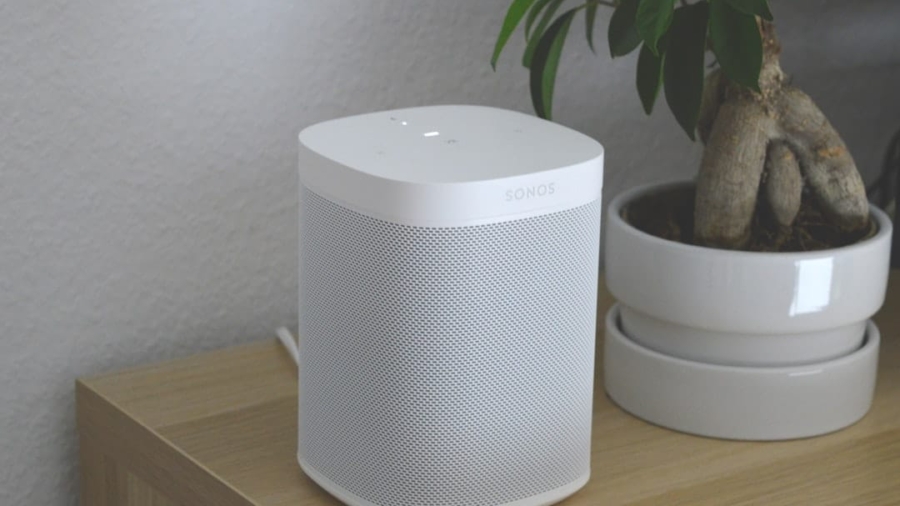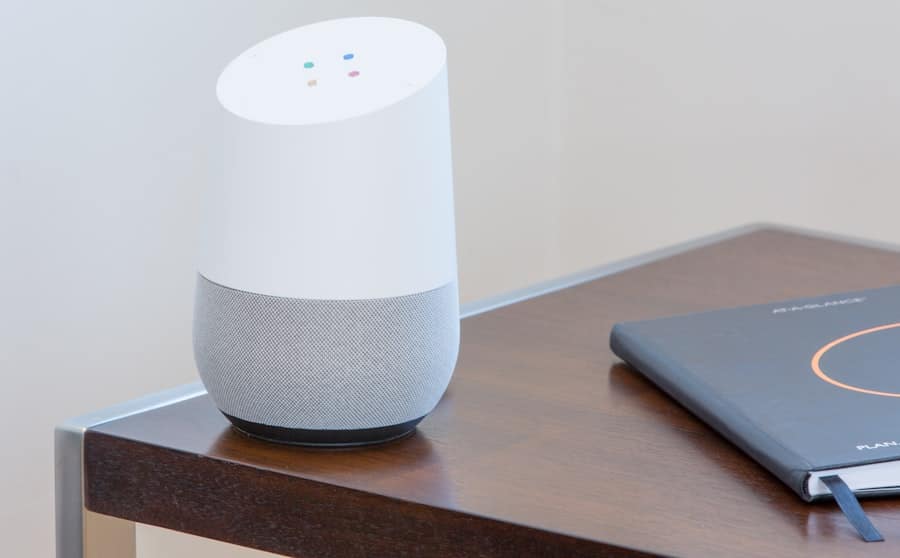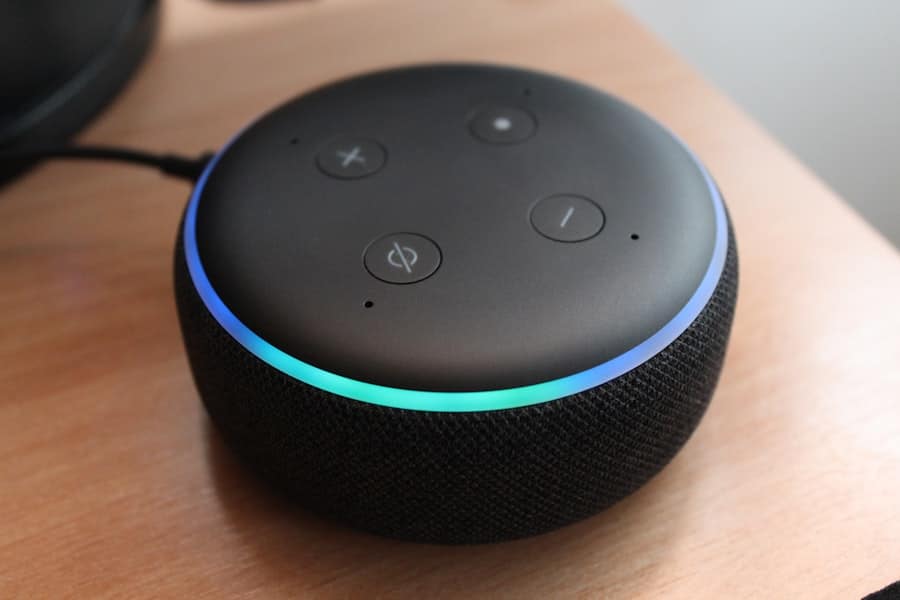The advent of artificial intelligence has revolutionized the way we interact with technology, and at the forefront of this transformation are AI-powered smart assistants. These digital companions, such as Amazon’s Alexa, Google Assistant, and Apple’s Siri, have become integral to modern life, seamlessly integrating into our daily routines. They are designed to understand natural language, process commands, and provide information or perform tasks with remarkable efficiency.
The underlying technology combines machine learning, natural language processing, and vast databases of information, enabling these assistants to learn from user interactions and improve over time. Smart assistants are not merely tools for executing commands; they represent a shift in how we perceive and engage with technology. By utilizing voice recognition and contextual understanding, these assistants can facilitate a more intuitive interaction model.
For instance, users can ask questions, set reminders, control devices, and even manage schedules through simple voice commands. This ease of use has made smart assistants popular among a wide demographic, from tech-savvy individuals to those who may not be as comfortable with traditional technology interfaces. As they continue to evolve, the potential applications of AI-powered smart assistants are expanding, promising to enhance convenience and efficiency in various aspects of life.
Key Takeaways
- AI-powered smart assistants are revolutionizing the way we interact with technology in our homes, offering convenience, efficiency, and personalized experiences.
- Smart assistants can seamlessly integrate with a wide range of home automation devices, allowing users to control their smart home systems with voice commands or through a centralized app.
- Voice-controlled home automation enables users to easily manage various aspects of their home, such as lighting, temperature, security, and entertainment, using natural language commands.
- Personalization and customization features of smart assistants allow users to tailor their experiences based on their preferences, habits, and daily routines.
- Enhanced security and monitoring capabilities of smart assistants provide peace of mind for homeowners, offering features such as remote monitoring, alerts, and integration with security systems.
Integration of Smart Assistants with Home Automation Devices
Seamless Control and Customization
When paired with a smart assistant, these devices can be managed through voice commands or mobile applications, allowing for a cohesive and user-friendly experience. For example, a user can instruct their smart assistant to dim the lights in the living room while playing music from a connected speaker, creating an ambiance tailored to their preferences.
Enhanced Convenience and Efficiency
This integration not only enhances convenience but also promotes energy efficiency and security within the home. Smart assistants can learn user habits and adjust settings accordingly. For instance, if a user typically leaves for work at 8 AM, the smart assistant can automatically adjust the thermostat to save energy during the day or turn off lights that are left on.
Remote Monitoring and Peace of Mind
Furthermore, the ability to monitor and control devices remotely provides peace of mind; users can check on their home security systems or adjust their heating from anywhere using their smartphones. This interconnectedness fosters a more streamlined lifestyle where technology works in harmony with daily routines.
Voice-Controlled Home Automation
Voice control is one of the most compelling features of AI-powered smart assistants, transforming how users interact with their home automation systems. The ability to issue commands verbally eliminates the need for physical interfaces like switches or remote controls, making it particularly beneficial for individuals with mobility challenges or those who prefer hands-free operation. For example, a user can simply say, “Turn on the kitchen lights,” or “Set the thermostat to 72 degrees,” and the smart assistant will execute these commands instantly.
This level of accessibility has made voice-controlled home automation increasingly popular among diverse user groups. Moreover, voice control enhances multitasking capabilities within the home. Imagine preparing dinner while simultaneously asking your smart assistant for the weather forecast or playing your favorite playlist.
This seamless interaction allows users to manage multiple tasks without interruption. Additionally, advanced voice recognition technology enables smart assistants to distinguish between different users’ voices, allowing for personalized responses and actions based on individual preferences. This feature not only enhances user experience but also fosters a sense of ownership and customization within the smart home ecosystem.
Personalization and Customization Features
Personalization is a key aspect of AI-powered smart assistants that significantly enhances user experience. These digital companions are designed to learn from user interactions over time, adapting to individual preferences and habits. For instance, if a user frequently asks for news updates in the morning or prefers specific music genres during workouts, the smart assistant can prioritize this information in future interactions.
This tailored approach creates a more engaging experience, as users feel that their needs are understood and anticipated. Customization features further empower users to shape their interactions with smart assistants.
For example, a user might set up a morning routine that includes turning on the coffee maker, adjusting the thermostat, and reading out the day’s calendar events—all initiated by a single command like “Good morning.” This level of customization not only streamlines daily activities but also fosters a sense of control over one’s environment. As users continue to explore these features, they can create unique experiences that reflect their lifestyles and preferences.
Enhanced Security and Monitoring
The integration of AI-powered smart assistants into home security systems has transformed how homeowners approach safety and monitoring. Smart assistants can connect with various security devices such as cameras, door locks, and motion sensors, providing users with real-time updates and control over their home security. For instance, a user can ask their smart assistant whether the front door is locked or view live camera feeds from their smartphone while away from home.
This level of connectivity enhances situational awareness and allows for prompt responses to potential security threats. Moreover, many smart assistants offer features such as alerts for unusual activity or automated routines that simulate occupancy when homeowners are away. For example, a user might set up their smart assistant to turn on lights at random intervals in the evening to give the appearance that someone is home.
Additionally, advanced facial recognition technology in some security cameras can differentiate between familiar faces and strangers, sending alerts only when an unknown individual is detected. This combination of proactive monitoring and responsive alerts significantly enhances home security while providing peace of mind for homeowners.
Energy Efficiency and Cost Savings
Smart Thermostats for Energy Savings
Smart thermostats can learn user preferences and adjust heating or cooling schedules based on occupancy patterns, leading to significant energy savings over time. For instance, if a household typically leaves for work during the day, the smart assistant can lower the temperature when no one is home and raise it again before occupants return.
Smart Lighting Systems for Energy Efficiency
In addition to thermostats, smart lighting systems can contribute to energy efficiency by allowing users to control lighting remotely or set schedules for when lights should be turned on or off. For example, users can program outdoor lights to turn on at sunset and off at sunrise automatically.
Insights into Energy Usage Patterns
Furthermore, some smart assistants provide insights into energy usage patterns, helping users identify areas where they can cut back on consumption. By leveraging these technologies, homeowners can achieve substantial cost savings while contributing to environmental sustainability.
Future Developments and Innovations in AI-Powered Smart Assistants
The future of AI-powered smart assistants is poised for remarkable advancements as technology continues to evolve. One area of focus is enhancing natural language processing capabilities to improve understanding of context and nuance in human speech. As these systems become more adept at interpreting complex queries or multi-part commands, users will experience even more fluid interactions with their smart assistants.
This could lead to more sophisticated conversational abilities that allow for deeper engagement and assistance. Another promising development is the integration of AI-powered smart assistants with emerging technologies such as augmented reality (AR) and virtual reality (VR). Imagine using a smart assistant within an AR environment to visualize home improvements or receive real-time guidance while cooking through an interactive display.
Additionally, advancements in machine learning algorithms may enable smarter predictive capabilities that anticipate user needs before they are explicitly stated.
Considerations for Choosing the Right Smart Assistant for Your Home
When selecting an AI-powered smart assistant for your home, several factors should be considered to ensure it meets your specific needs and preferences. Compatibility with existing devices is paramount; not all smart assistants work seamlessly with every brand or type of device. Before making a decision, it’s essential to evaluate which devices you currently own or plan to purchase in the future and ensure that your chosen assistant can integrate with them effectively.
User interface and ease of use are also critical considerations. Some individuals may prefer voice-controlled systems due to their hands-free nature, while others might favor mobile app interfaces for more granular control over settings and configurations. Additionally, privacy concerns should not be overlooked; understanding how data is collected and used by different platforms is vital for making an informed choice.
By carefully evaluating these factors—compatibility, usability, privacy—homeowners can select an AI-powered smart assistant that aligns with their lifestyle and enhances their living environment effectively.
If you are interested in exploring the best software for creating house plans, you should check out this article on Enicomp. This article provides valuable insights into the top software options available for designing your dream home. By utilizing these tools, you can enhance your home automation projects and create a more efficient living space.
FAQs
What are AI-powered smart assistants?
AI-powered smart assistants are virtual or digital assistants that use artificial intelligence to understand and respond to user commands and queries. These assistants can perform a variety of tasks, such as controlling smart home devices, providing information, and managing schedules.
How do AI-powered smart assistants enhance home automation?
AI-powered smart assistants enhance home automation by allowing users to control various smart devices in their homes using voice commands or through a mobile app. These assistants can also learn user preferences and automate tasks based on patterns and routines.
What are some popular AI-powered smart assistants on the market?
Some popular AI-powered smart assistants include Amazon’s Alexa, Google Assistant, Apple’s Siri, and Microsoft’s Cortana. These assistants are integrated into smart speakers, smartphones, and other smart devices, allowing users to interact with them easily.
What types of tasks can AI-powered smart assistants perform in a smart home?
AI-powered smart assistants can perform a wide range of tasks in a smart home, including controlling smart lights, thermostats, locks, and security cameras, playing music, setting reminders, providing weather updates, and answering questions.
How do AI-powered smart assistants learn and adapt to user preferences?
AI-powered smart assistants use machine learning algorithms to analyze user interactions and patterns. Over time, they can learn user preferences, routines, and habits, allowing them to automate tasks and provide personalized recommendations.



